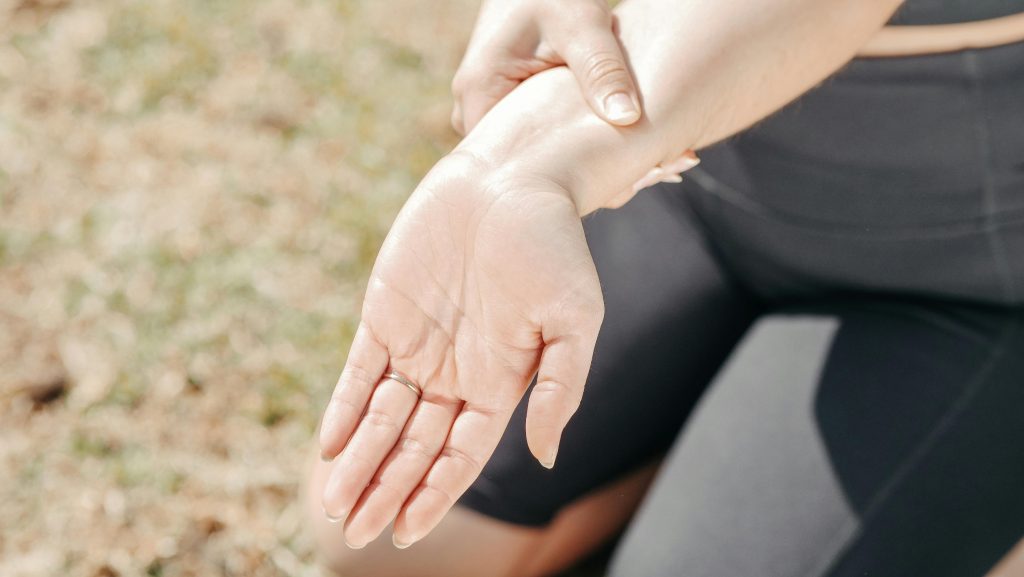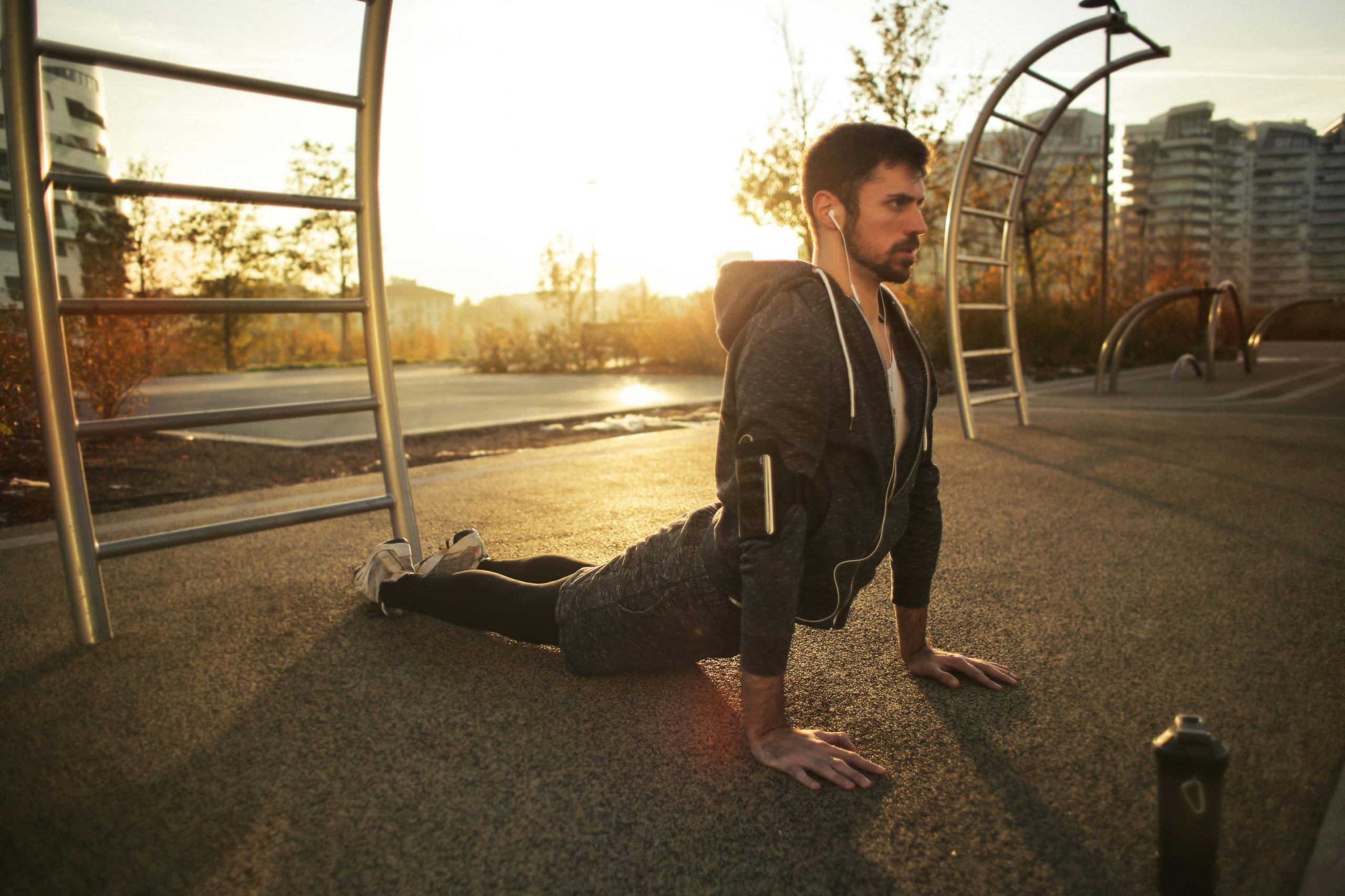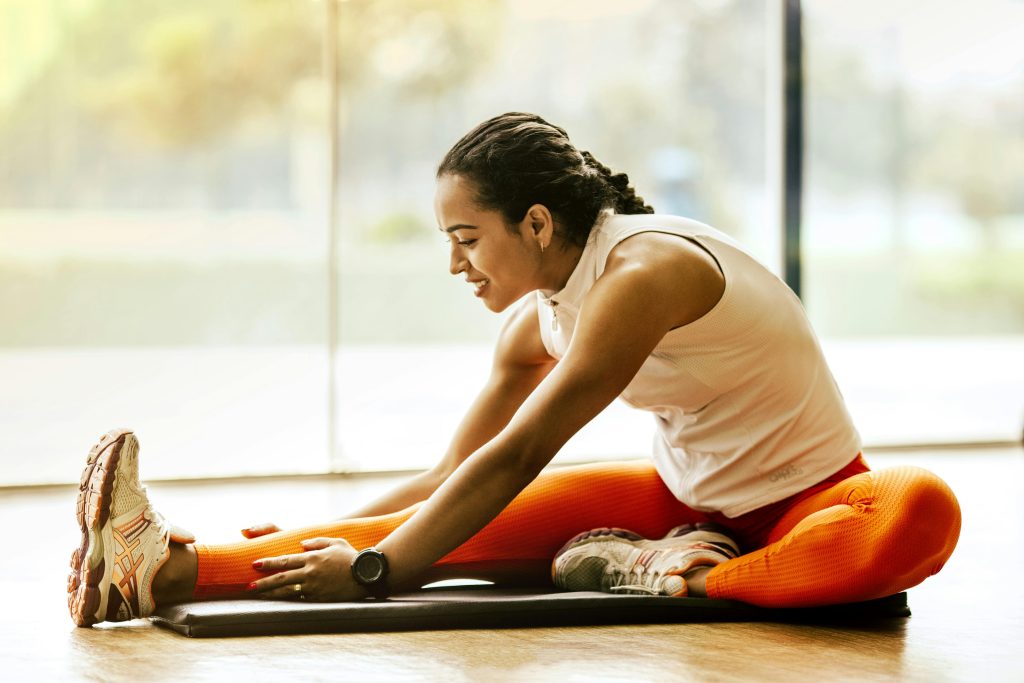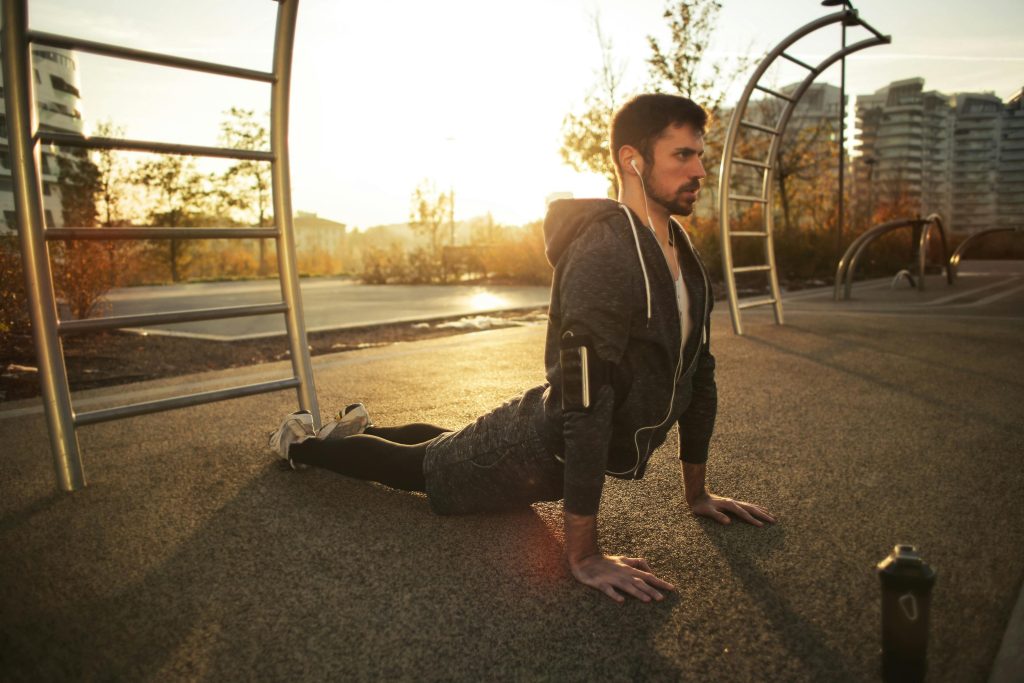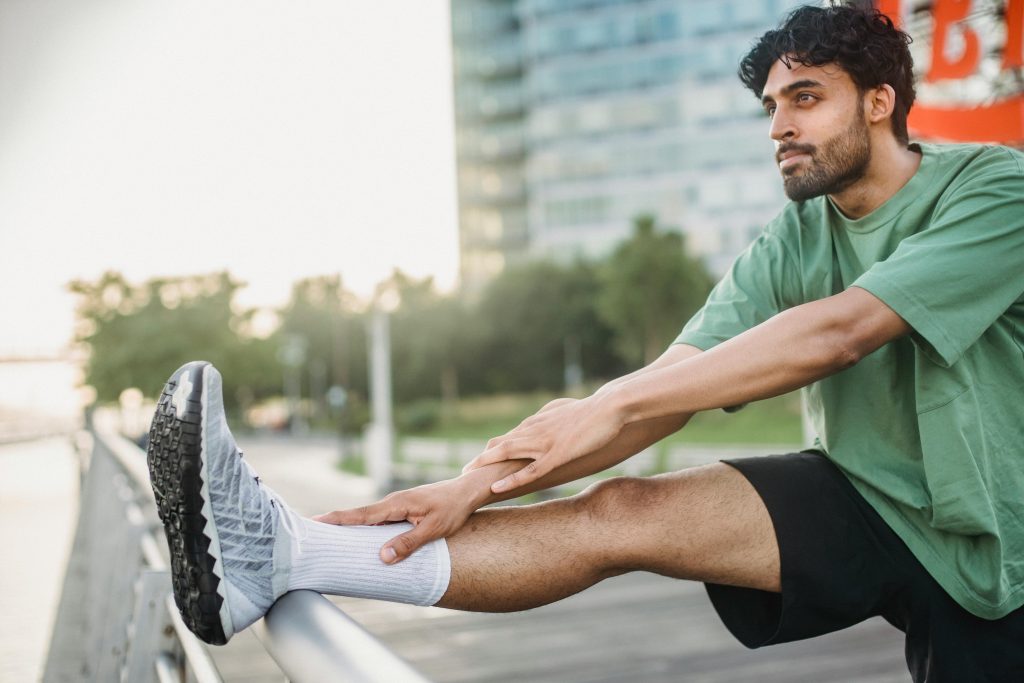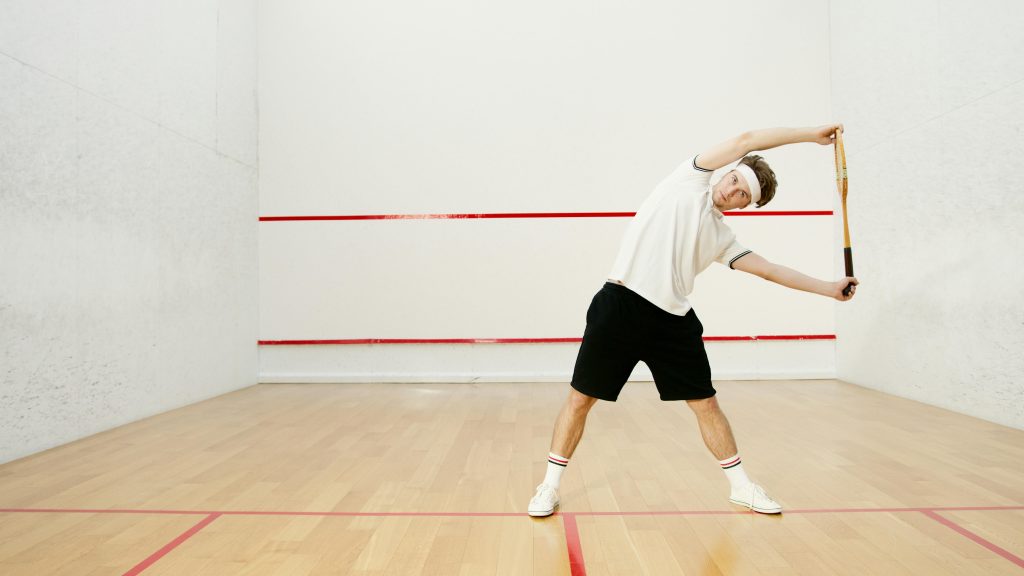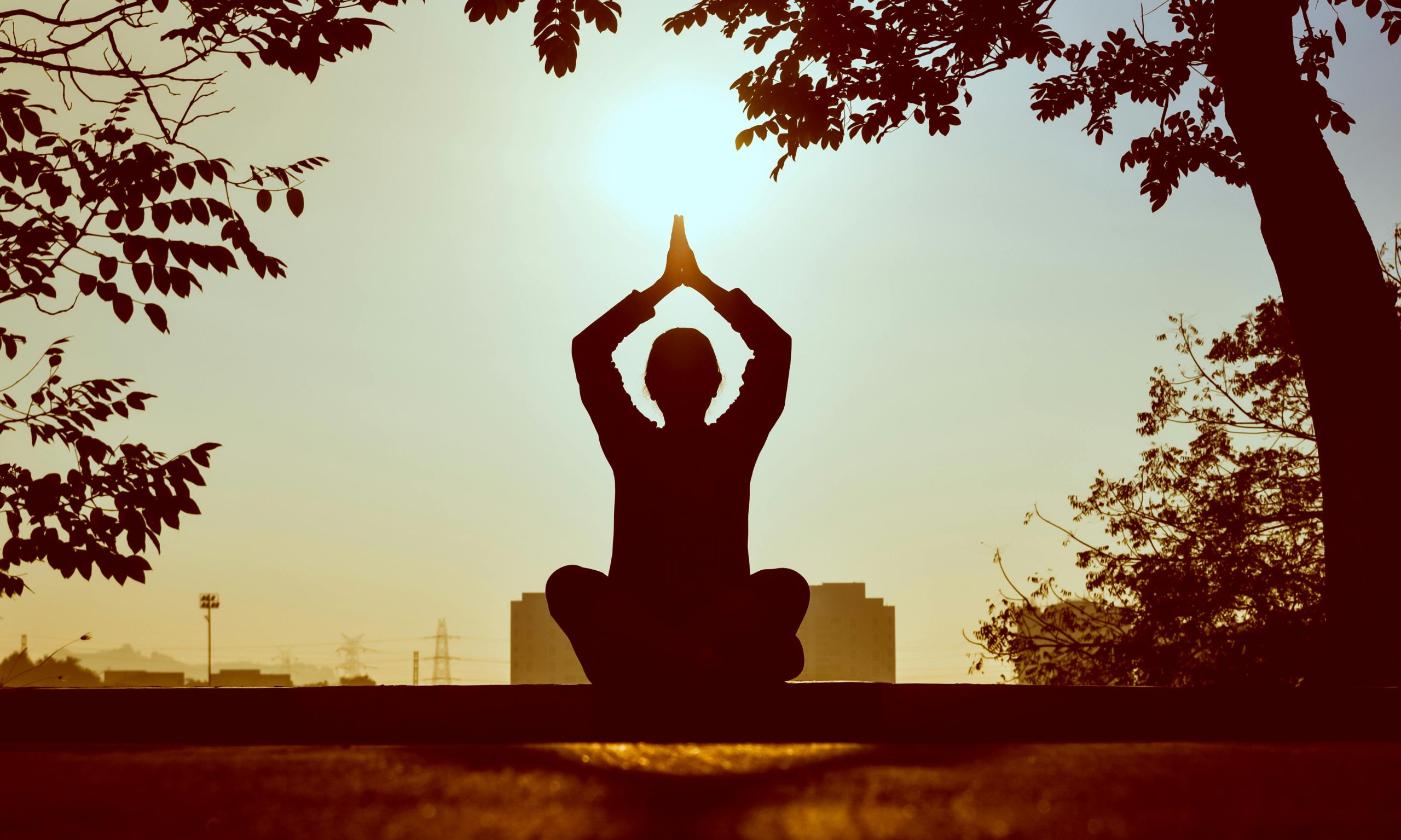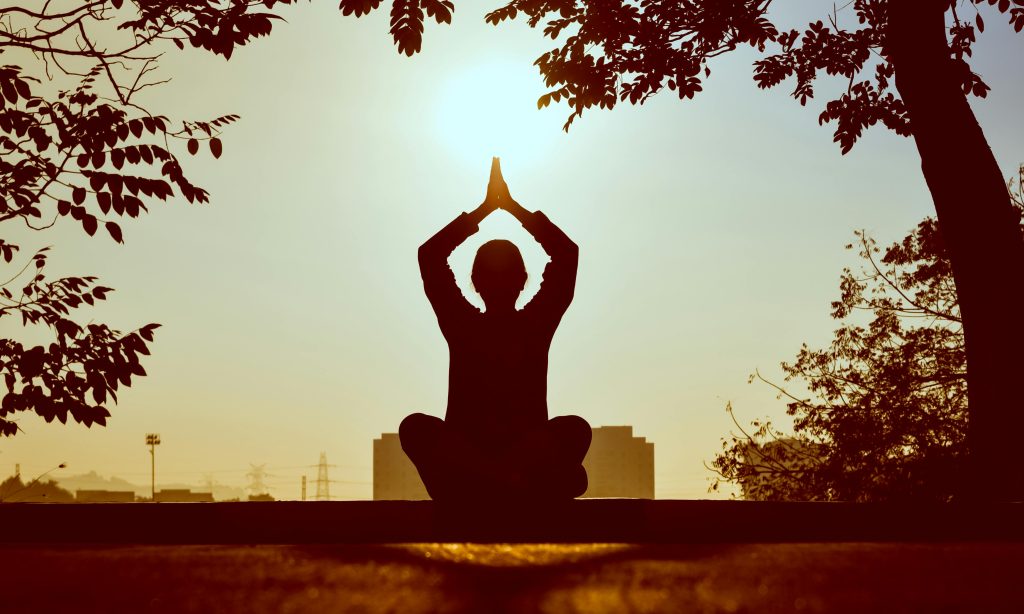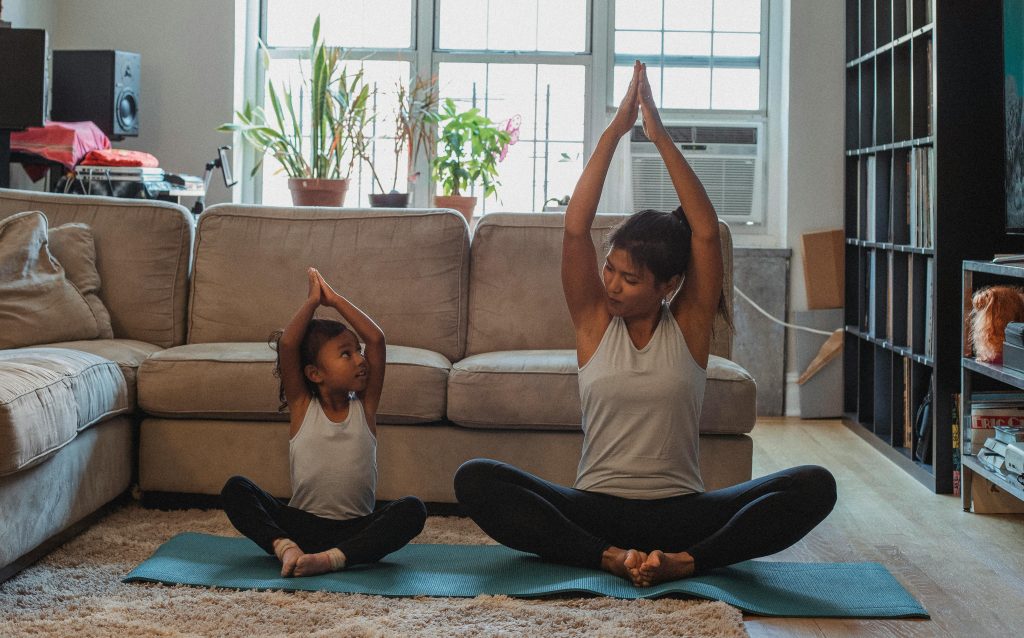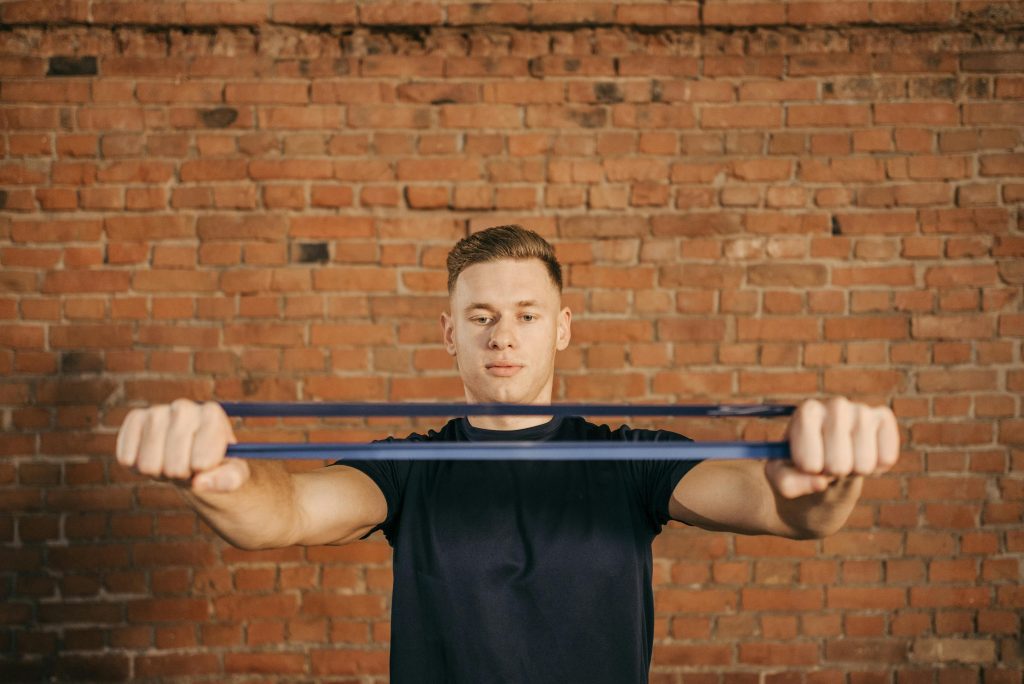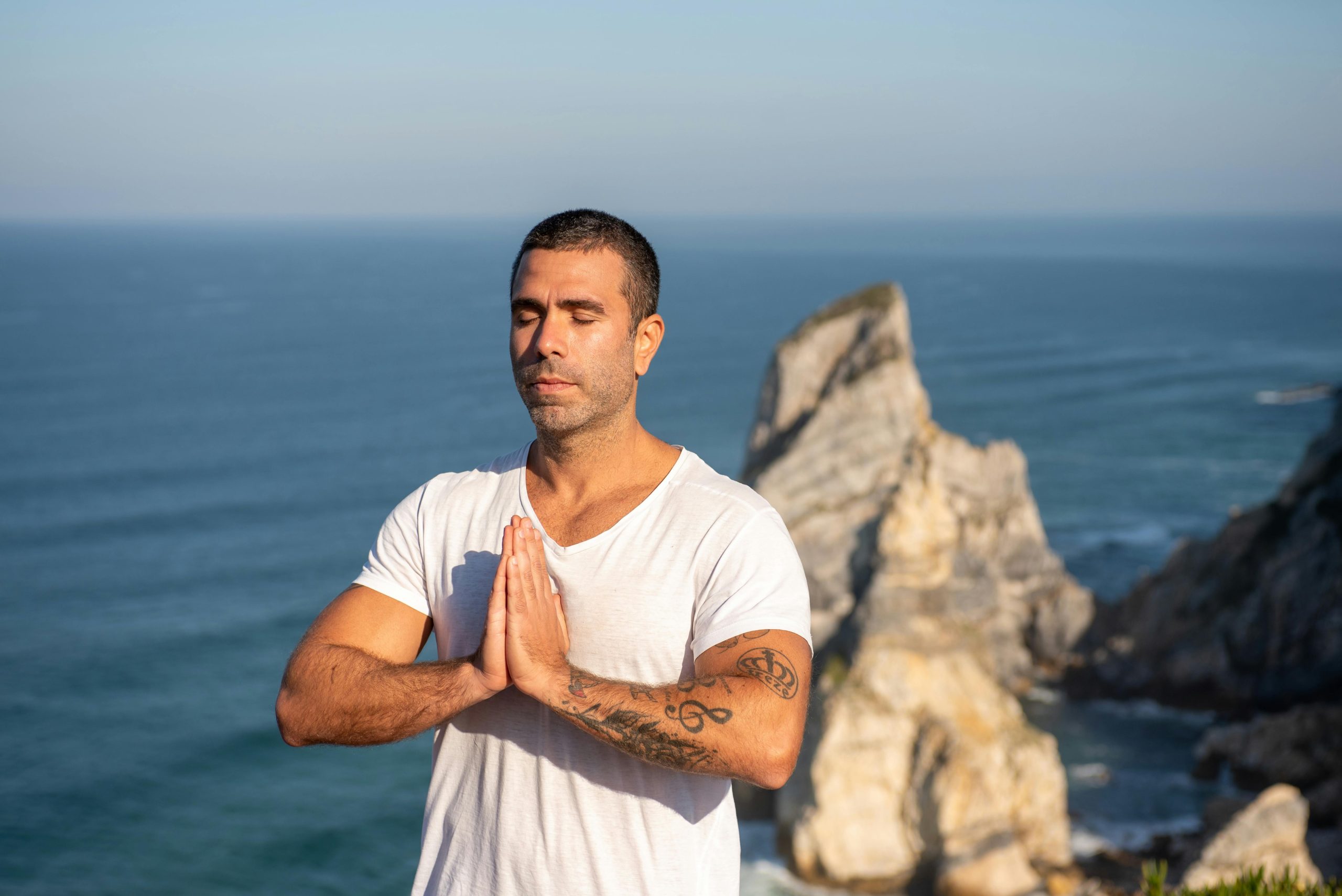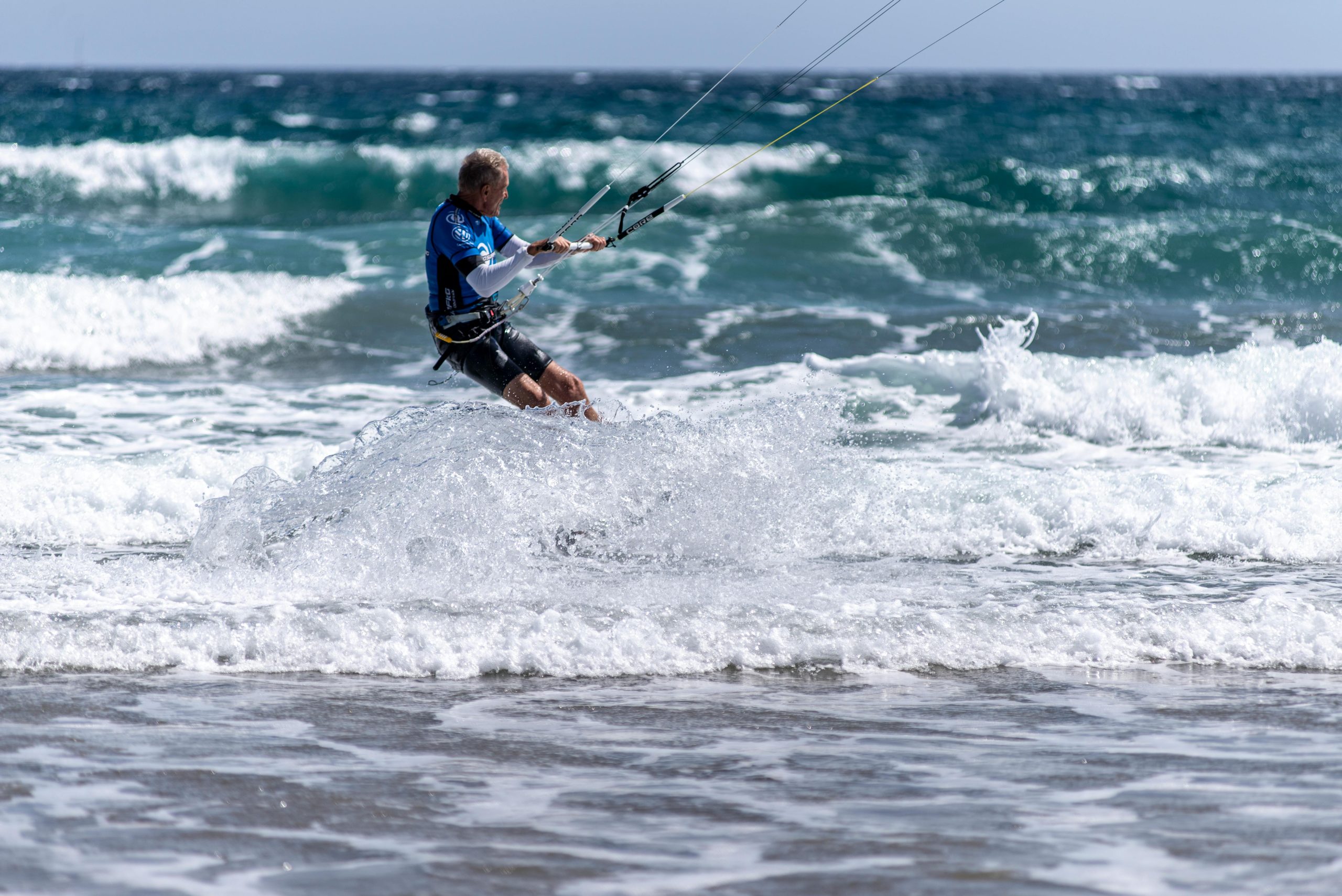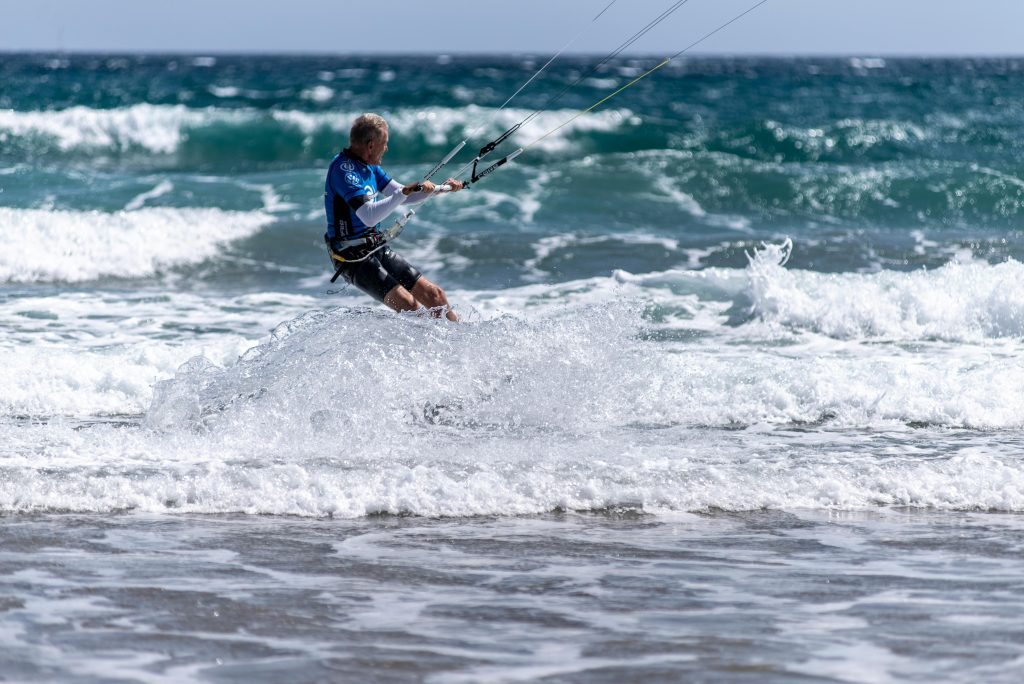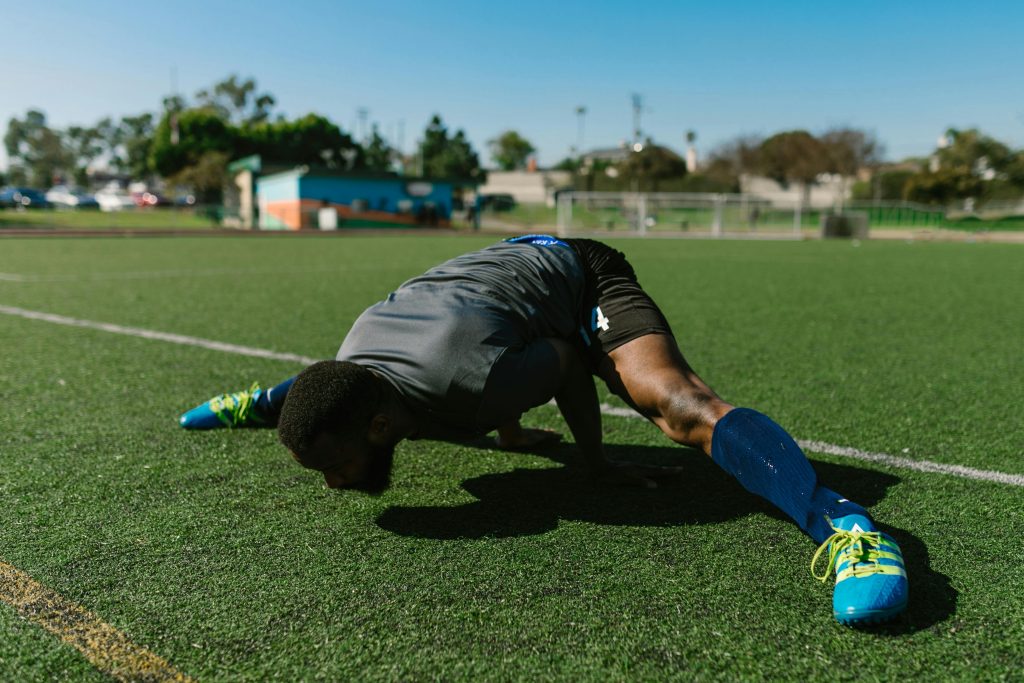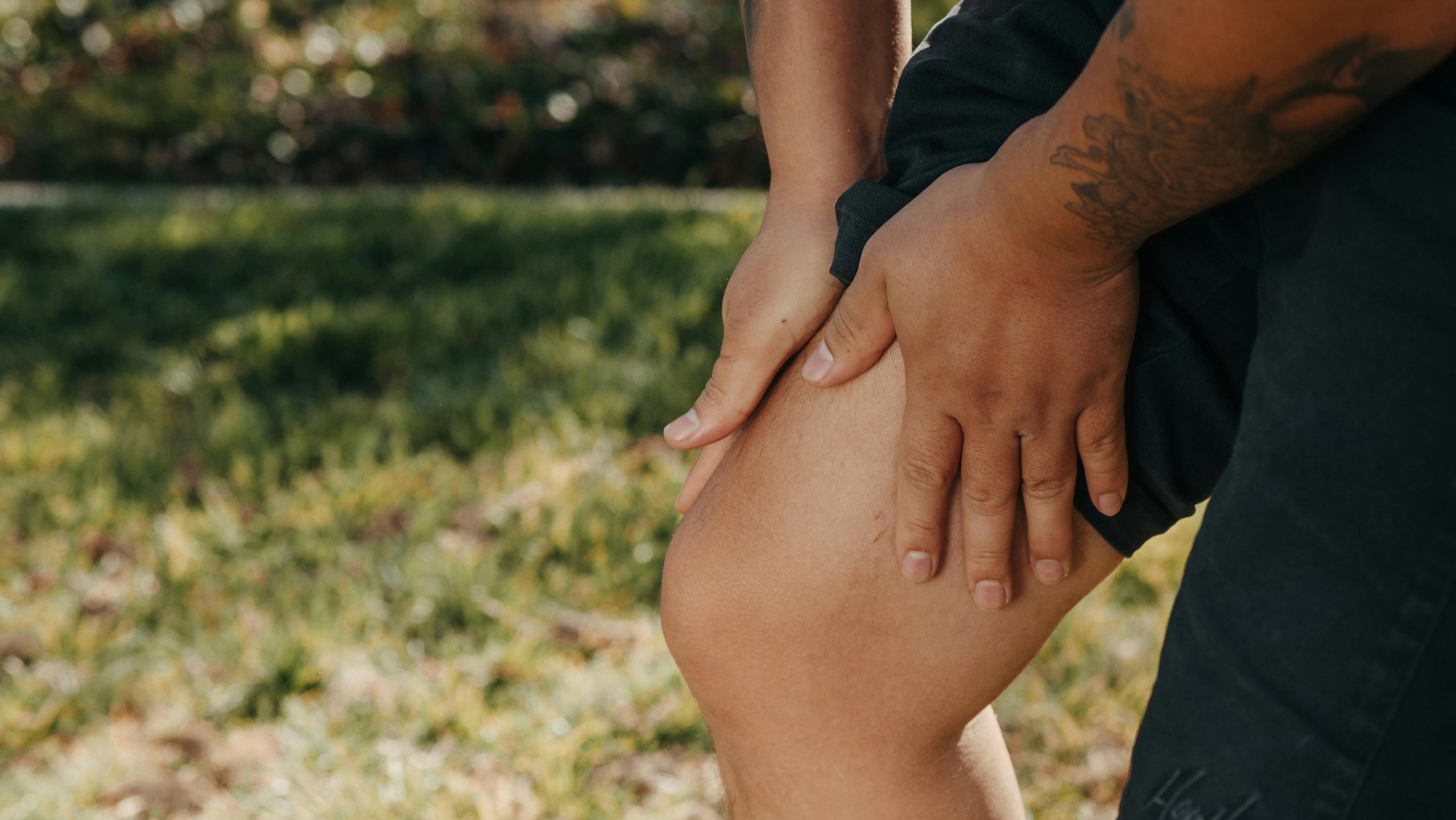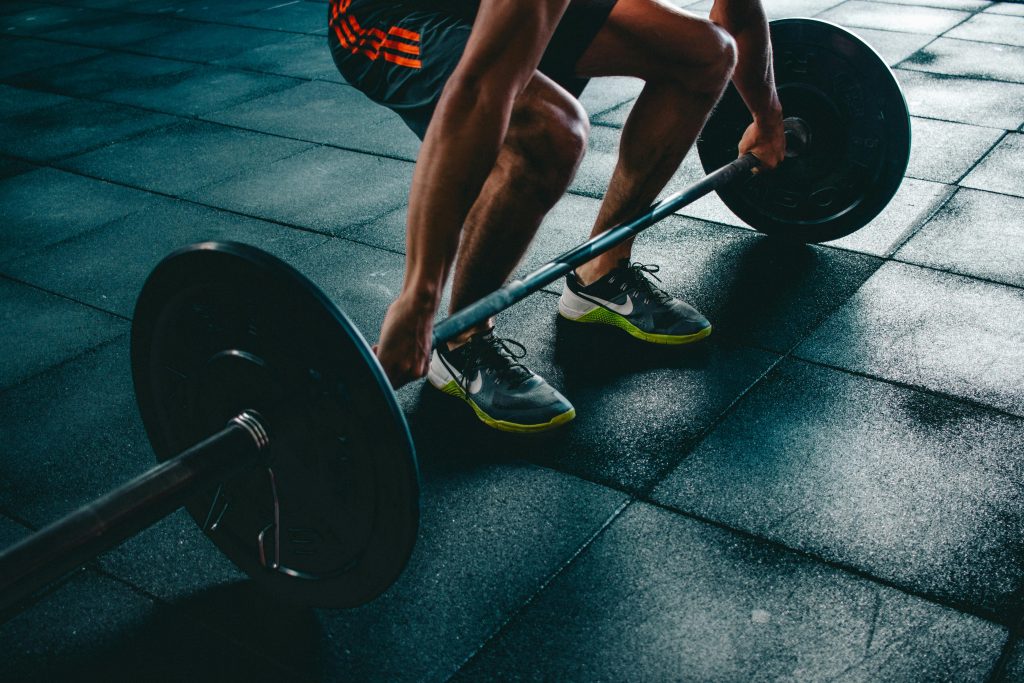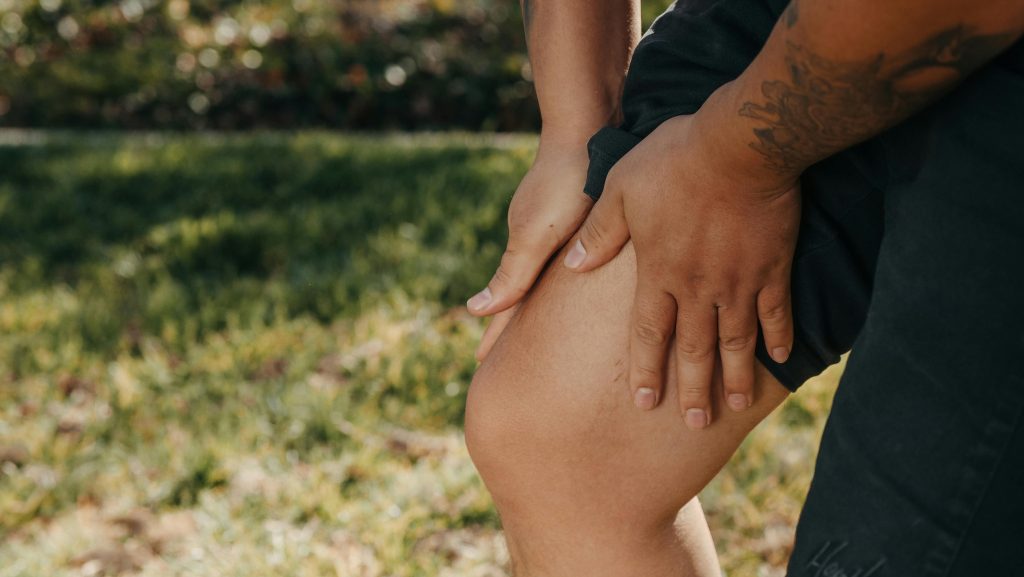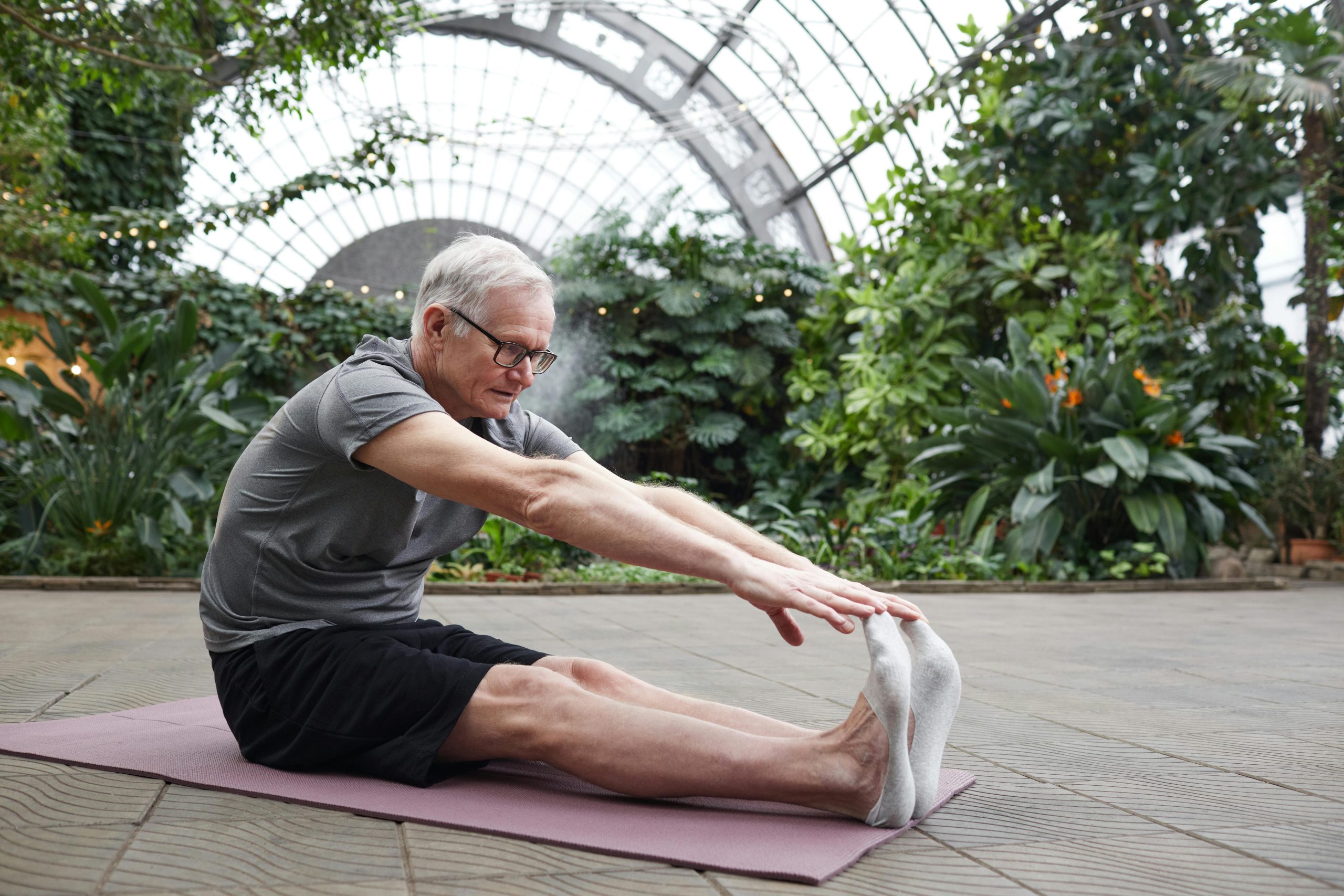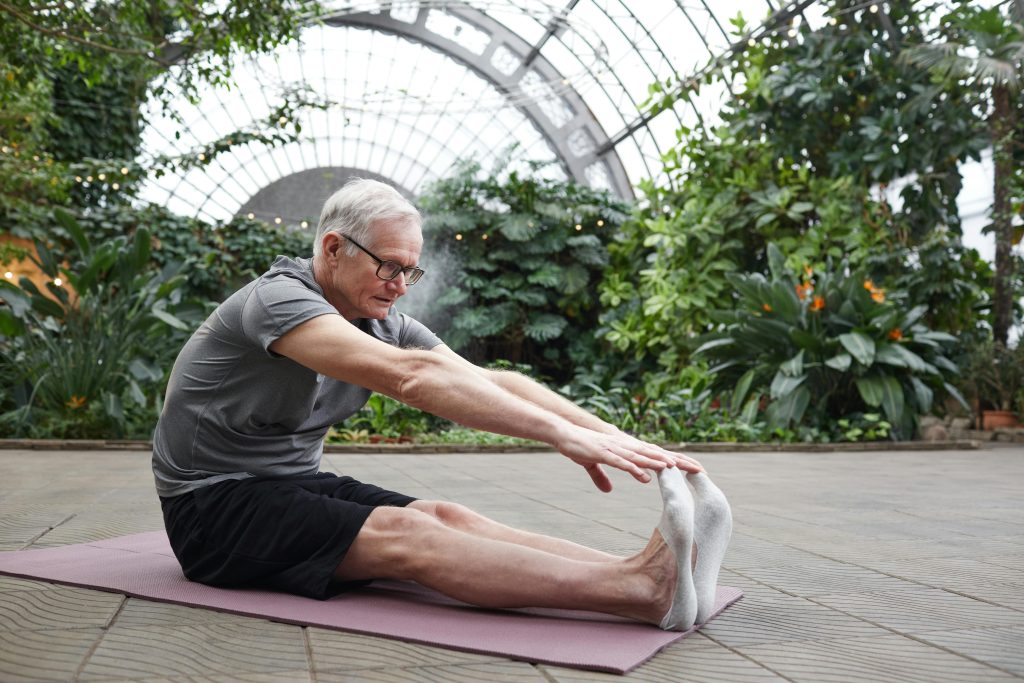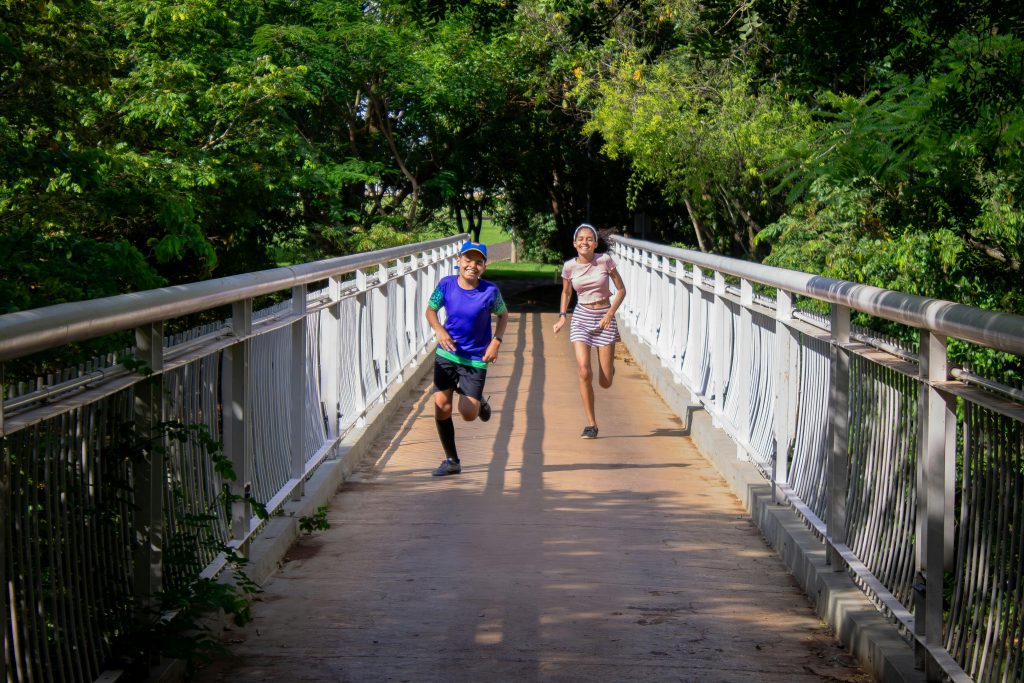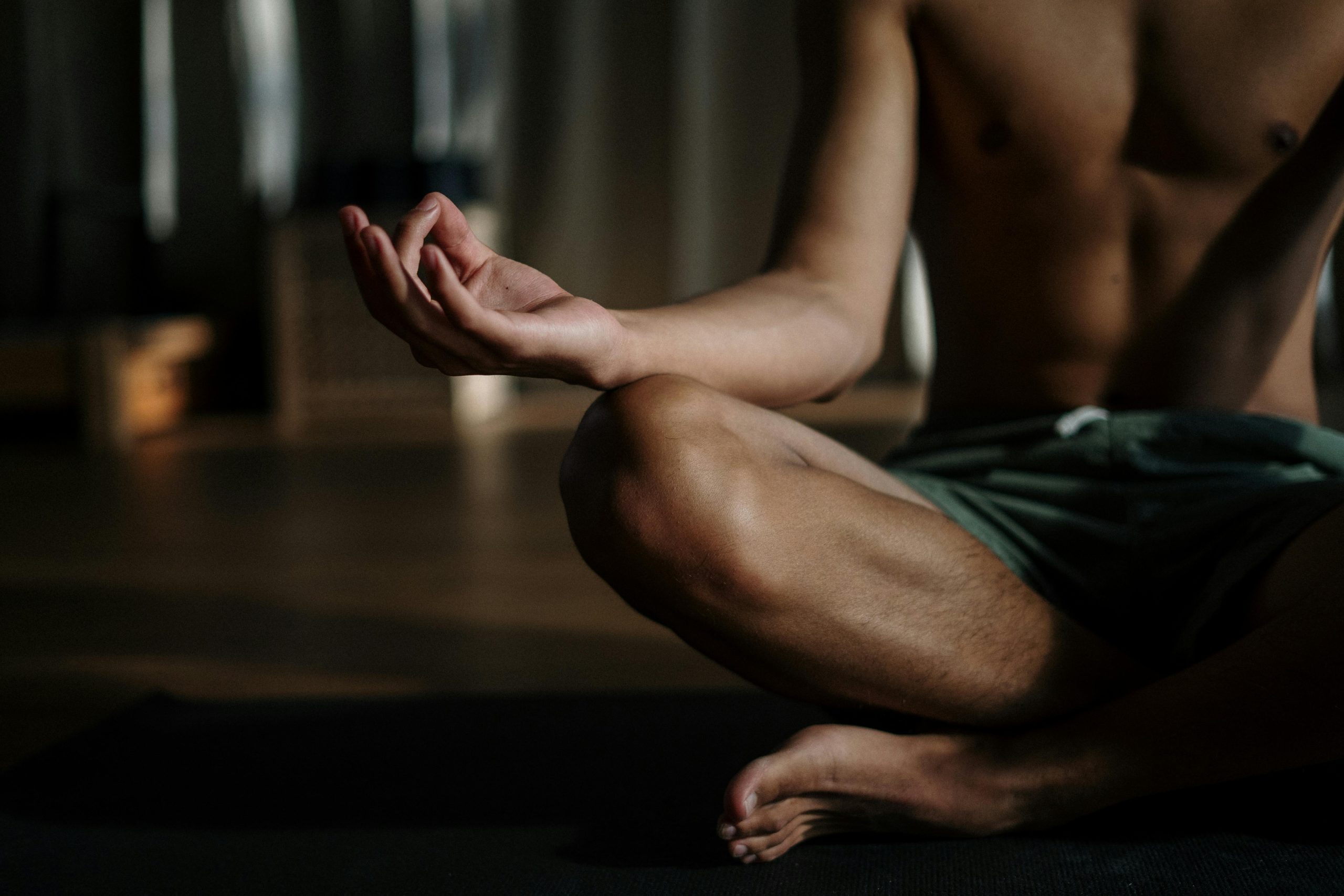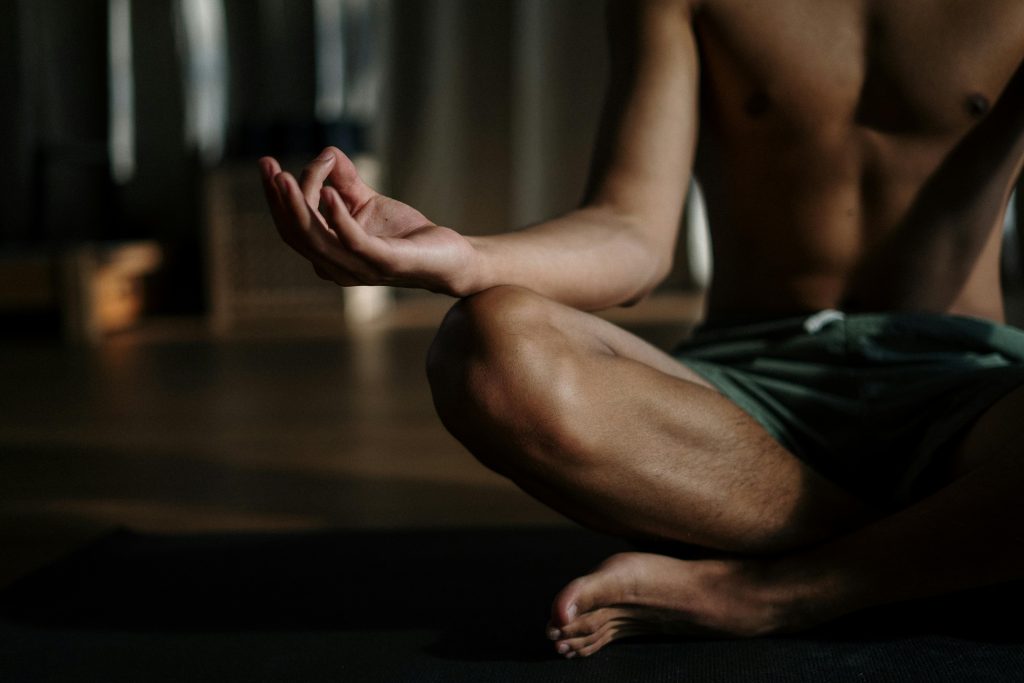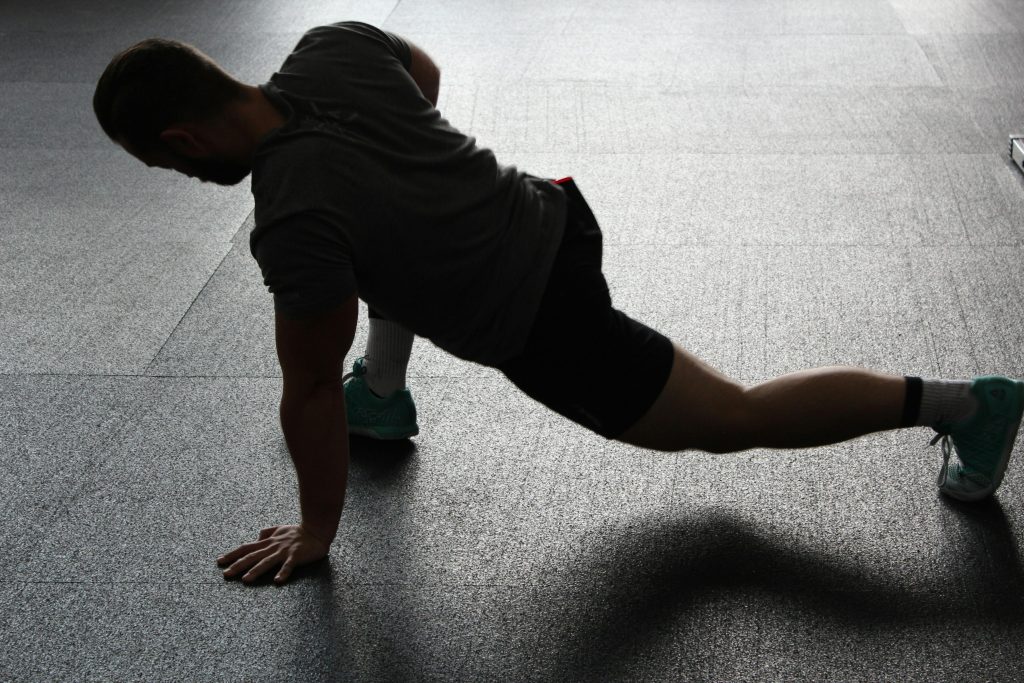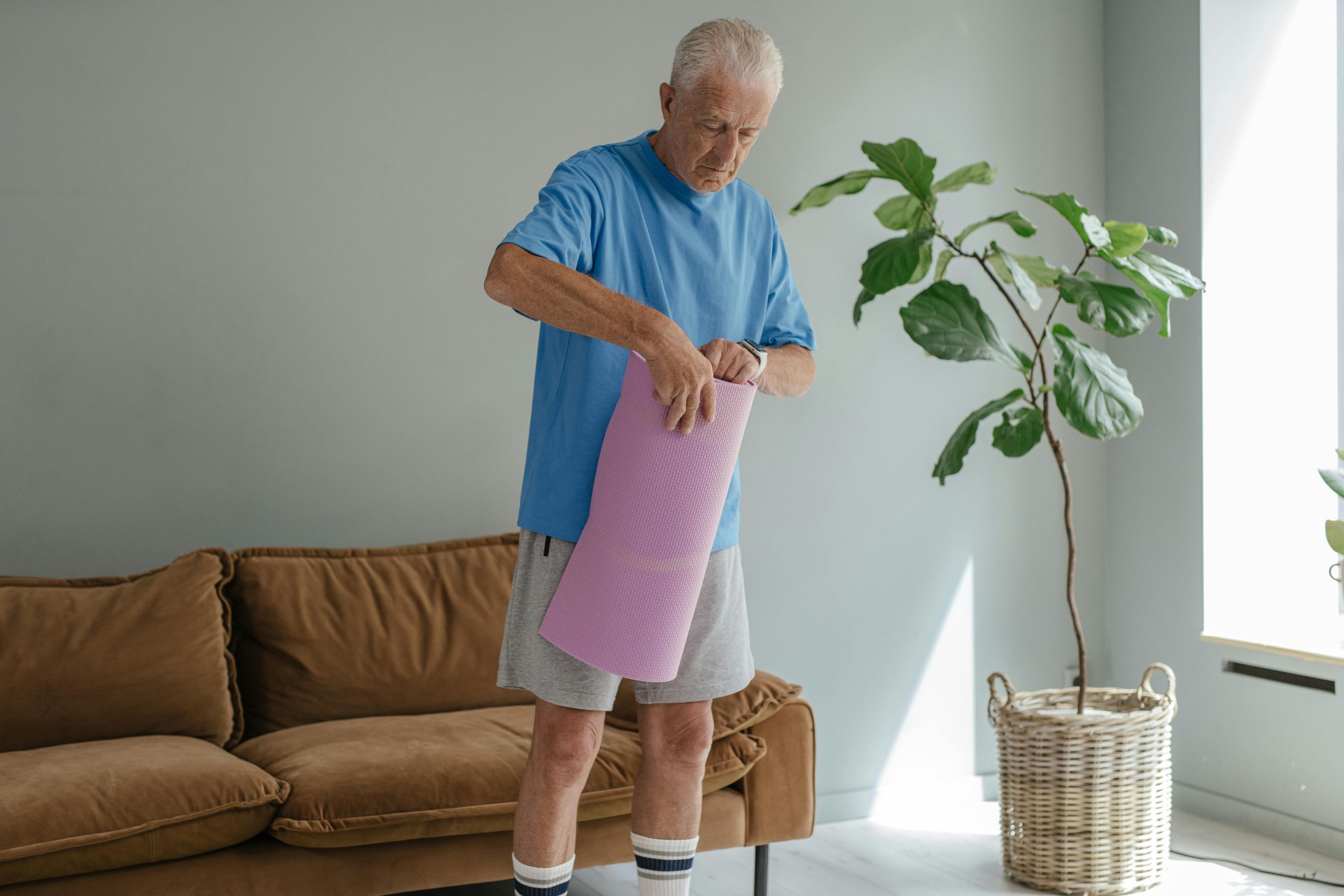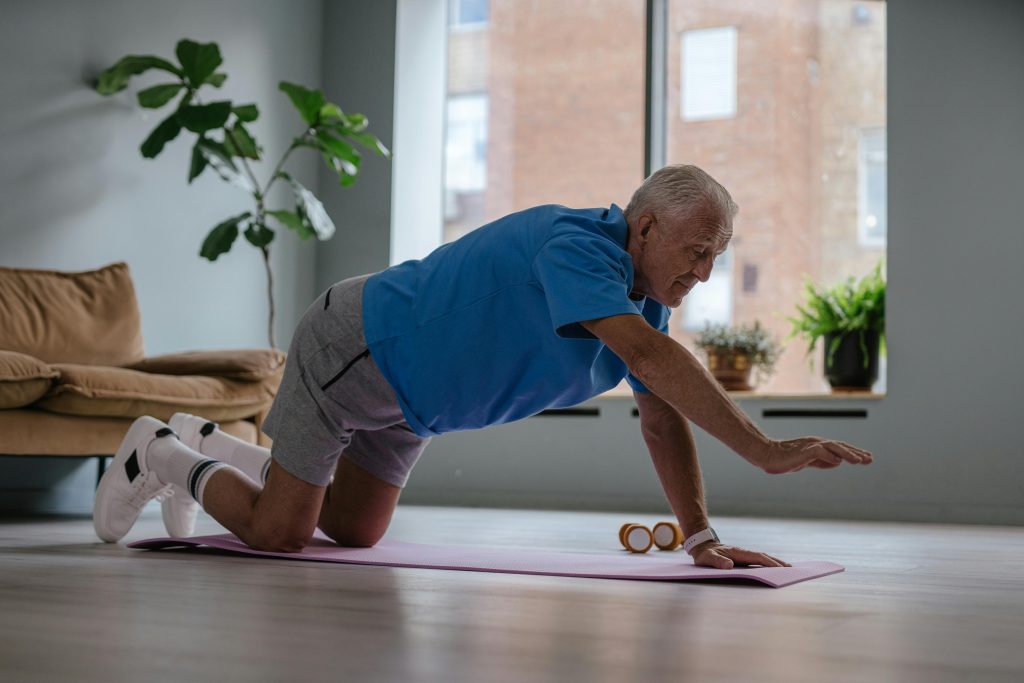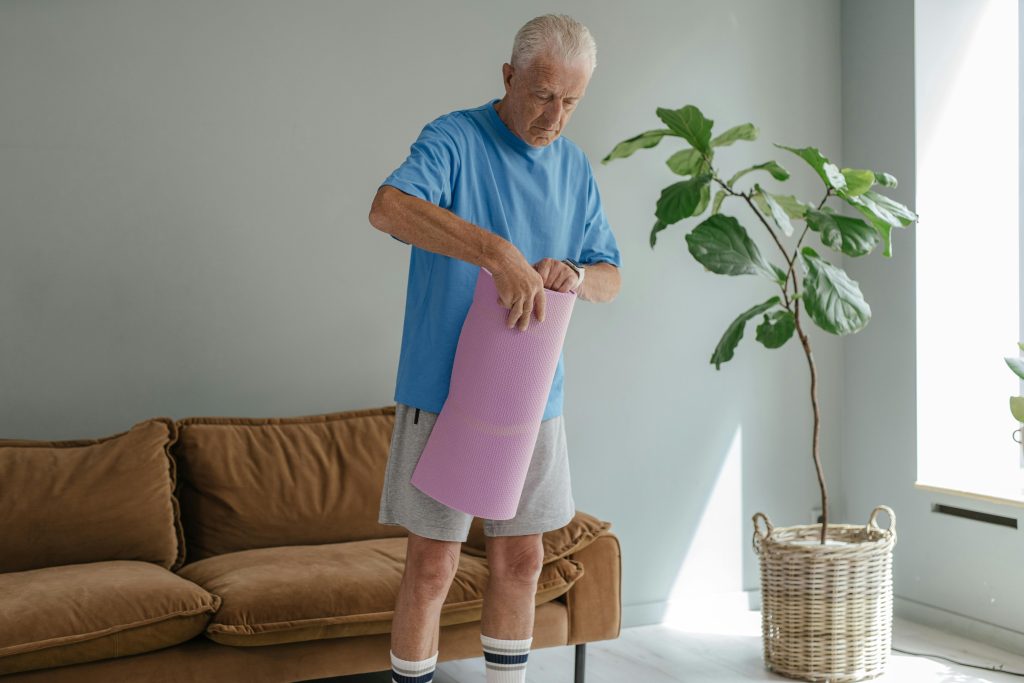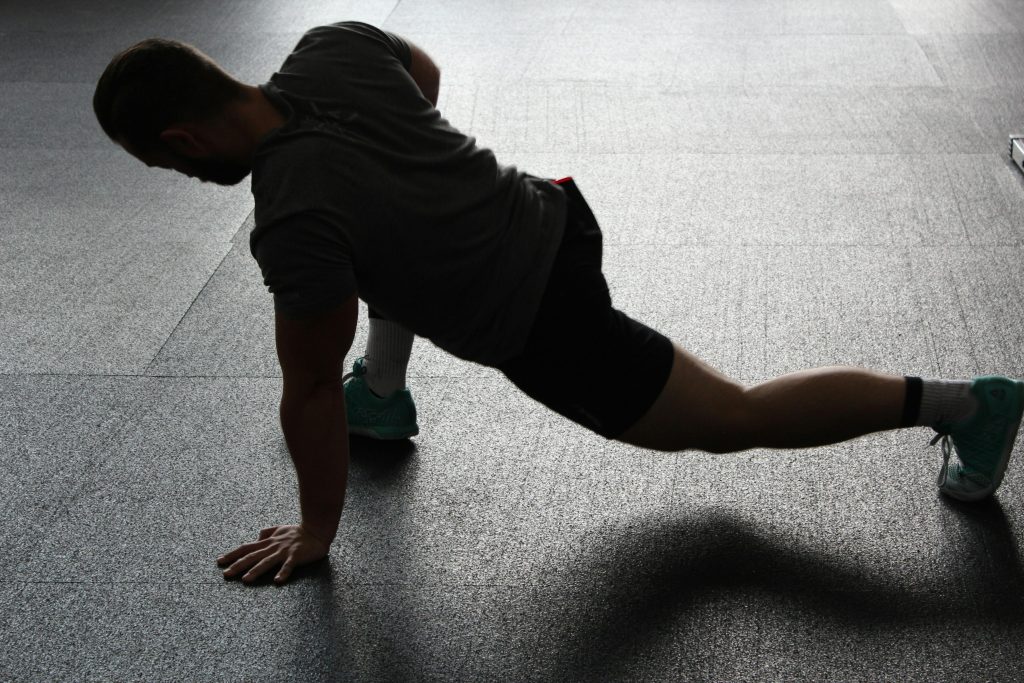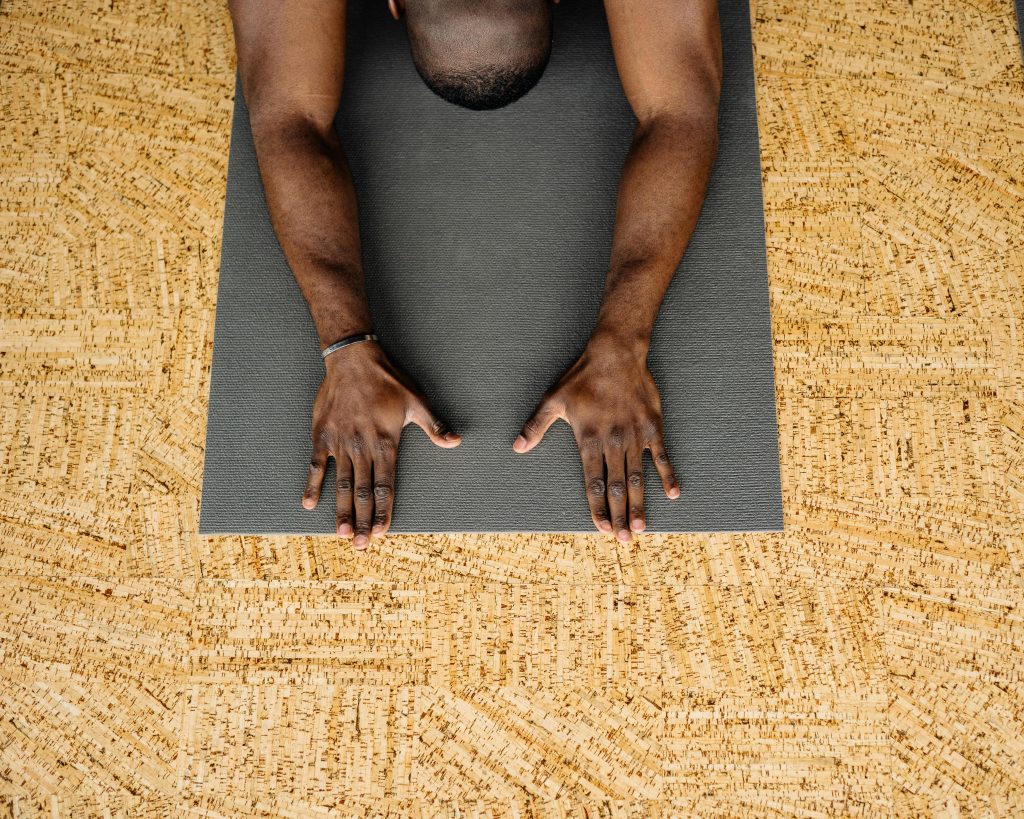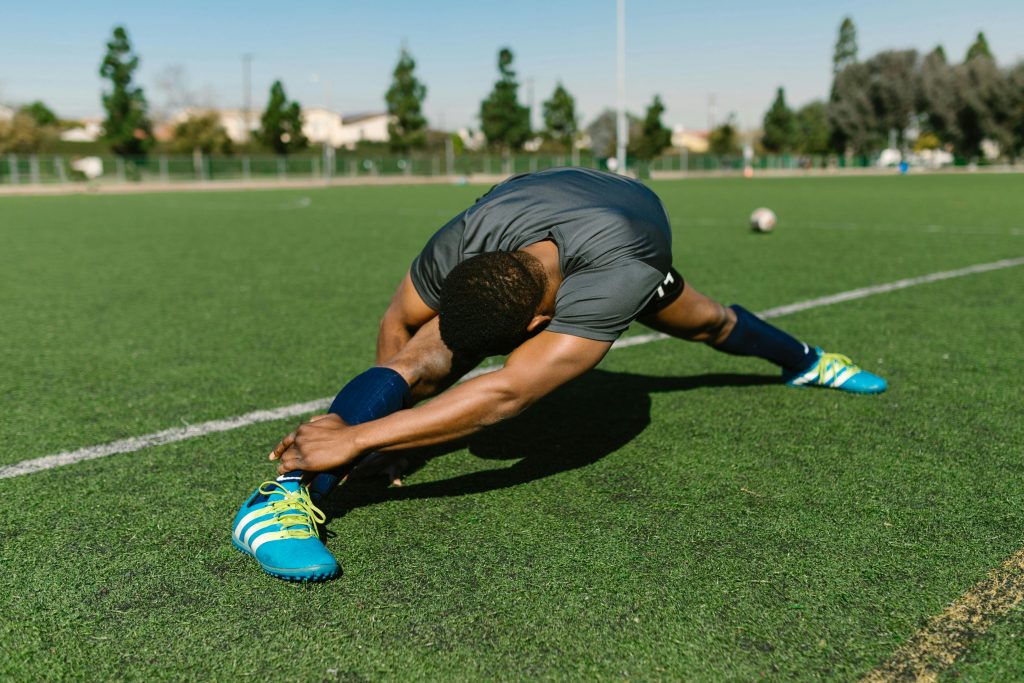Top Stretches for Desk-Bound Workers
Introduction
Sitting for extended periods strains necks, shoulders, backs, hips, and wrists. Regular stretching helps counteract poor posture, reduce discomfort, and boost circulation and focus. Below are the most effective stretches tailored for desk-bound professionals—no special equipment required. Perform each 2–3 times daily, holding for 20–30 seconds unless noted otherwise.

1. Neck Side Stretch
Targets: Upper trapezius, levator scapulae
- Sit tall with feet flat.
- Gently tilt your head to the right, bringing your ear toward your shoulder.
- Place your right hand lightly on the left side of your head to deepen the stretch.
- Keep left shoulder down.
- Hold 20–30s, then switch sides.
2. Chest Opener (Pectoral Stretch)
Targets: Pectoralis major/minor, anterior shoulder
- Stand or sit near the edge of your desk.
- Place forearms on desk edge with elbows at shoulder height.
- Step back until you feel a stretch across your chest.
- Keep spine neutral, avoid arching low back.
- Hold 20–30s.
3. Seated Spinal Twist
Targets: Thoracic and lumbar spine, glutes
- Sit sideways on your chair, right side to backrest.
- Grip the backrest with both hands and gently twist your torso to the right.
- Keep hips square and feet grounded.
- Hold 20–30s, then repeat on left.
4. Hip Flexor & Quad Stretch
Targets: Iliopsoas, quadriceps
- Stand and place your right foot on your chair behind you, knee bent.
- Shift weight forward into a lunge until you feel stretch in front of right hip.
- Keep torso upright and core engaged.
- Hold 20–30s per side.
5. Seated Hamstring Stretch
Targets: Hamstrings

- Extend one leg forward with heel on floor, toes up.
- Sit tall and hinge at hips, reaching toward toes.
- Keep back straight; avoid rounding.
- Hold 20–30s per side.
6. Wrist Flexor and Extensor Stretch
Targets: Forearm muscles, wrists
- Flexor stretch:
- Extend right arm forward, palm up.
- With left hand, gently pull fingers down and back.
- Hold 20–30s, switch sides.
- Extensor stretch:
- Extend right arm, palm down.
- Press fingers toward you with left hand.
- Hold 20–30s per side.
7. Shoulder Blade Squeeze
Targets: Rhomboids, middle trapezius
- Sit or stand with arms by sides.
- Draw shoulder blades together, tucking them downward (as if holding a pencil between them).
- Keep neck relaxed.
- Hold for 10s, repeat 8–10 reps.
8. Cat-Camel (Chair Variation)
Targets: Spinal mobility, core
- Place hands on desk, walk back so hips over knees, hands under shoulders.
- Cat: Round upper back, tuck chin.
- Camel: Arch back, lift chest, look slightly up.
- Alternate slowly, 8–10 reps.
9. Seated Figure-Four Stretch
Targets: Piriformis, glutes
- Sit tall and cross right ankle over left thigh, just above knee.
- Gently press right knee downward and hinge forward at hips.
- Hold 20–30s, then switch sides.
10. Ankle Circles
Targets: Ankle mobility, circulation

- While seated, lift one foot slightly off floor.
- Rotate ankle clockwise 10 times, then counterclockwise.
- Repeat on other foot.
Integrating Stretches into Your Day
- Micro-break reminders: Set a timer every 30–45 minutes.
- Desk yoga routine: Perform 3–5 stretches during quick breaks.
- Walking intervals: Combine stretches with short walks to boost circulation.
Conclusion
Incorporate these top 10 stretches into your daily work routine to alleviate tension, improve posture, and enhance productivity. Consistency is key: a few minutes every hour can profoundly impact comfort and well-being for desk-bound workers.


